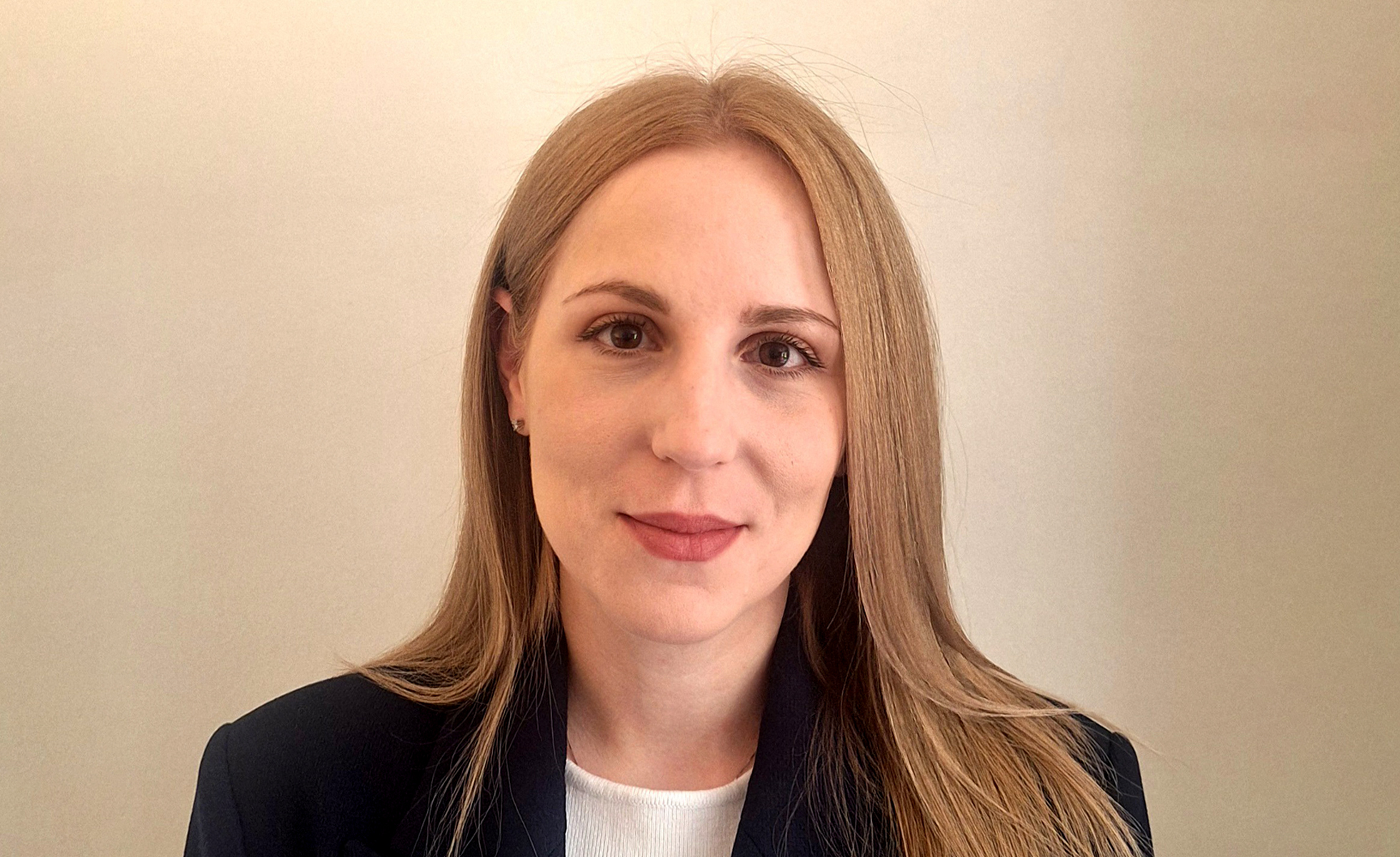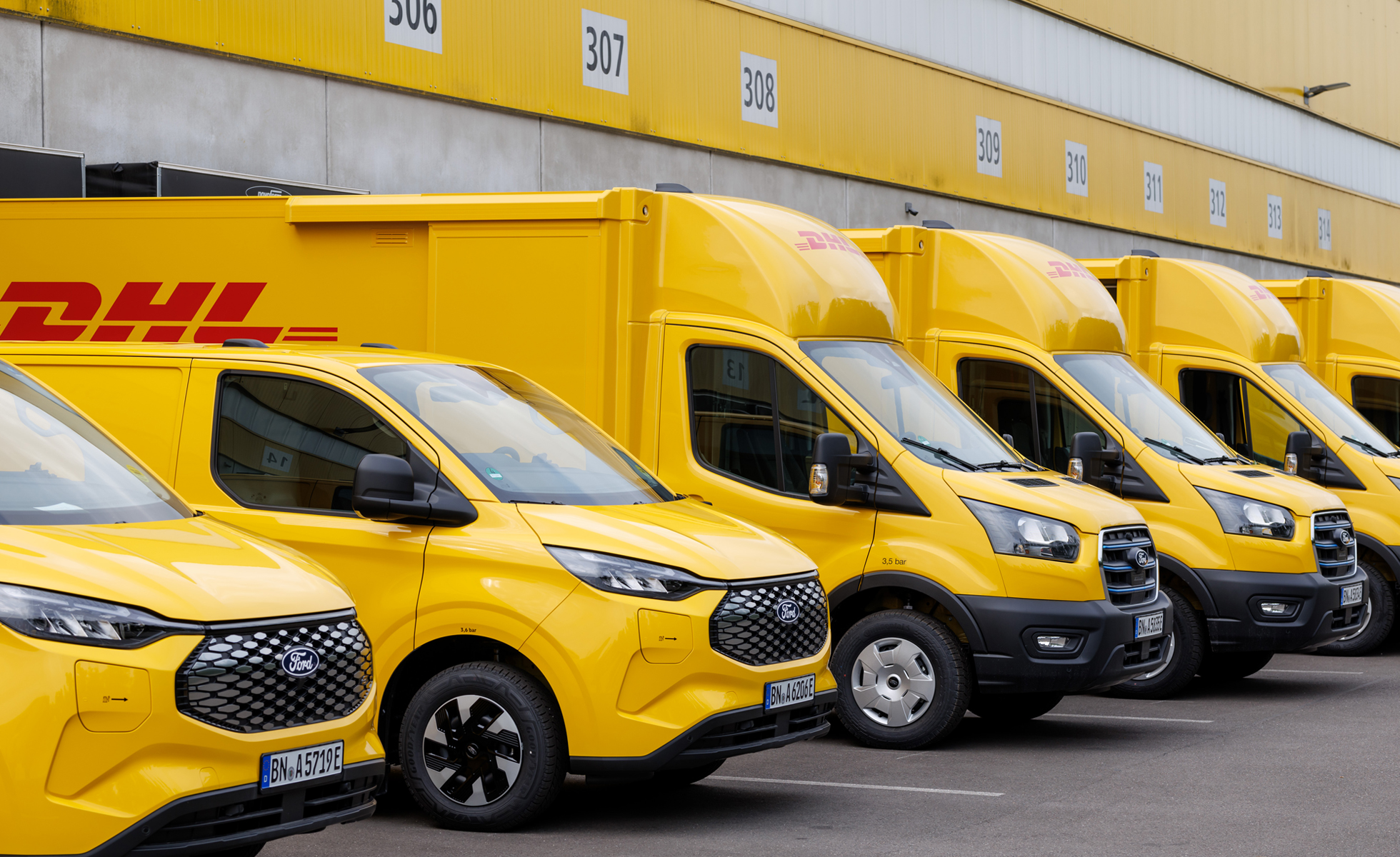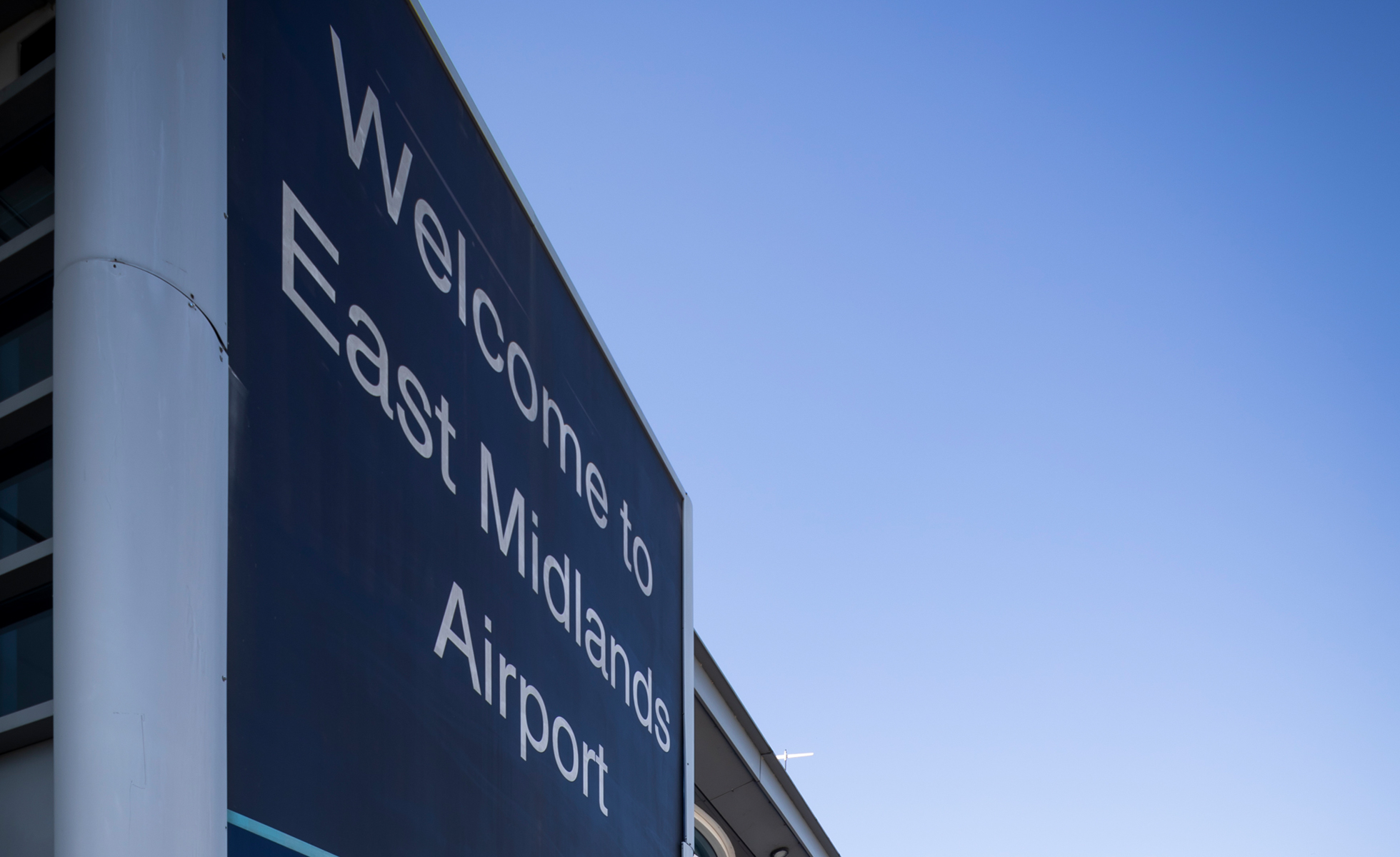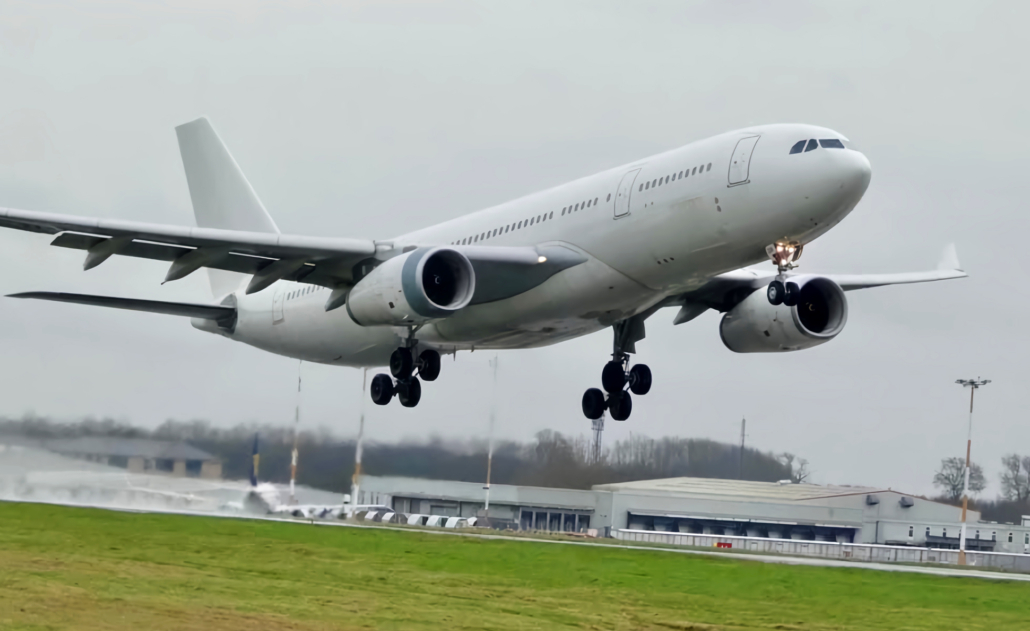Digitally twinning road and air freight – meet our expert Christina Latsou
Dr Christina Latsou is a TransiT Co-Investigator and a Lecturer in Smart Manufacturing in the Centre for Digital and Design Engineering at Cranfield University in Bedfordshire. We asked her about her work.
What is your science?
My research work focuses on modelling, simulation and optimisation of complex systems and system-of-systems to understand how they behave, interact and evolve. These include sectors such as transport, energy, and manufacturing, where many interconnected components need to operate together reliably.
A key focus of my work is resilience: how systems prepare for, prevent, respond to, and recover from disruption. For example, I have examined how severe weather affects transport operations and how those disruptions can cascade across road, air, and energy networks.

Christina Latsou, a TransiT Co-Investigator at Cranfield University.
“Our challenge is how we can coordinate freight decarbonisation across two different transport modes – road and air.”
Christina Latsou, Cranfield University
What’s your role at TransiT and what does this involve?
I am a Co-Investigator at TransiT, working with the air to road freight demonstrator in the East Midlands (‘Challenge-Led Demonstrator 3’). This involves working with East Midlands Airport and logistics company DHL.
Our challenge is how we can coordinate freight decarbonisation across two different transport modes – road and air. At Cranfield University, our research explores how aviation can reduce its environmental impact, both in the air and on the ground. Alongside aircraft operations, we study the energy and logistics systems that support them, including how aviation fuel is produced, transported and delivered. As the sector shifts toward cleaner energy sources, we are assessing what this means for emissions, costs and future infrastructure, and how the transition can happen in a practical and scalable way.
The road decarbonisation research in our demonstrator is being led by our TransiT colleagues at Heriot-Watt University in Edinburgh. They are looking at heavy goods vehicles and vans in their last mile deliveries – where goods are shipped from the airport to homes and businesses.

Electric Ford E-Transit vans at a DHL depot. Image courtesy of DHL.
My specific role involves using agent-based modelling techniques to work out how we can combine these two models of different transport modes and make them exchange data.
Agent-based modelling is a computer simulation technique that models how individual agents – people or things – interact with each other and their environment. In a transport setting, this includes human behaviour, vehicles, infrastructure and travel choices – and the unpredictability of how people and goods move around.
Agent-based modelling helps us explore how local actions or disruptions can influence others, and how these can create wider, sometimes unexpected, knock-on effects across the system.
Why is this integration between air and road important?
TransiT’s ultimate goal is to create a network of interlinked digital twins across air, road, rail and maritime. This will give us a whole-system understanding of transport in the UK, to help identify the lowest-cost and least-risky pathways to decarbonisation.
So it’s critical that these digital twins can interact and operate as one integrated system. Achieving this requires not only technical connectivity, but also a shared understanding of data and meaning.
That’s why part of our research at Cranfield focuses on data management and ontology development. Ontologies are formal models that help us define concepts and their relationships. They allow researchers and industry partners to share, interpret and connect information consistently across different transport modes and digital platforms.

Welcome sign at East Midlands Airport. Image courtesy of East Midlands Airport.
What’s your background?
I’m a mechanical engineer, with a Bachelor’s degree in Mechanical Engineering from Greece. I moved to the UK in 2013 to complete a Master of Science in Mechanical Engineering Design at the University of Manchester.
I then completed a PhD at Loughborough University, focusing on model transformation in model-based systems engineering (MBSE). This involved developing methods to translate MBSE models into reliability models that capture interdependencies and complexities and quantify overall system reliability.
I joined Cranfield University in 2019, initially as a Research Fellow in the modelling and simulation of manufacturing systems, and then in 2023, I became a Lecturer in Smart Manufacturing.
What do you hope to achieve at TransiT?
TransiT is an opportunity to make real progress towards decarbonising transport in the UK. What makes it exciting is that it brings together experts from universities, industry and government to look at the challenge as a whole system, connecting road, rail, air and maritime transport with the energy and data infrastructure that supports them.
Through this collaboration, I hope we can produce practical insights that help decision-makers plan and invest with confidence. This includes improving day-to-day operations, while also addressing challenges around resilience, cybersecurity and regulation.
Equally important is keeping our work human-centred, making sure that digital twinning approaches are designed for the people who use and rely on them.
From an academic perspective, TransiT is also a space to learn and grow. It allows us to connect research with real-world applications, to publish and share our findings, and to see how our work can make a tangible difference beyond the university environment.



